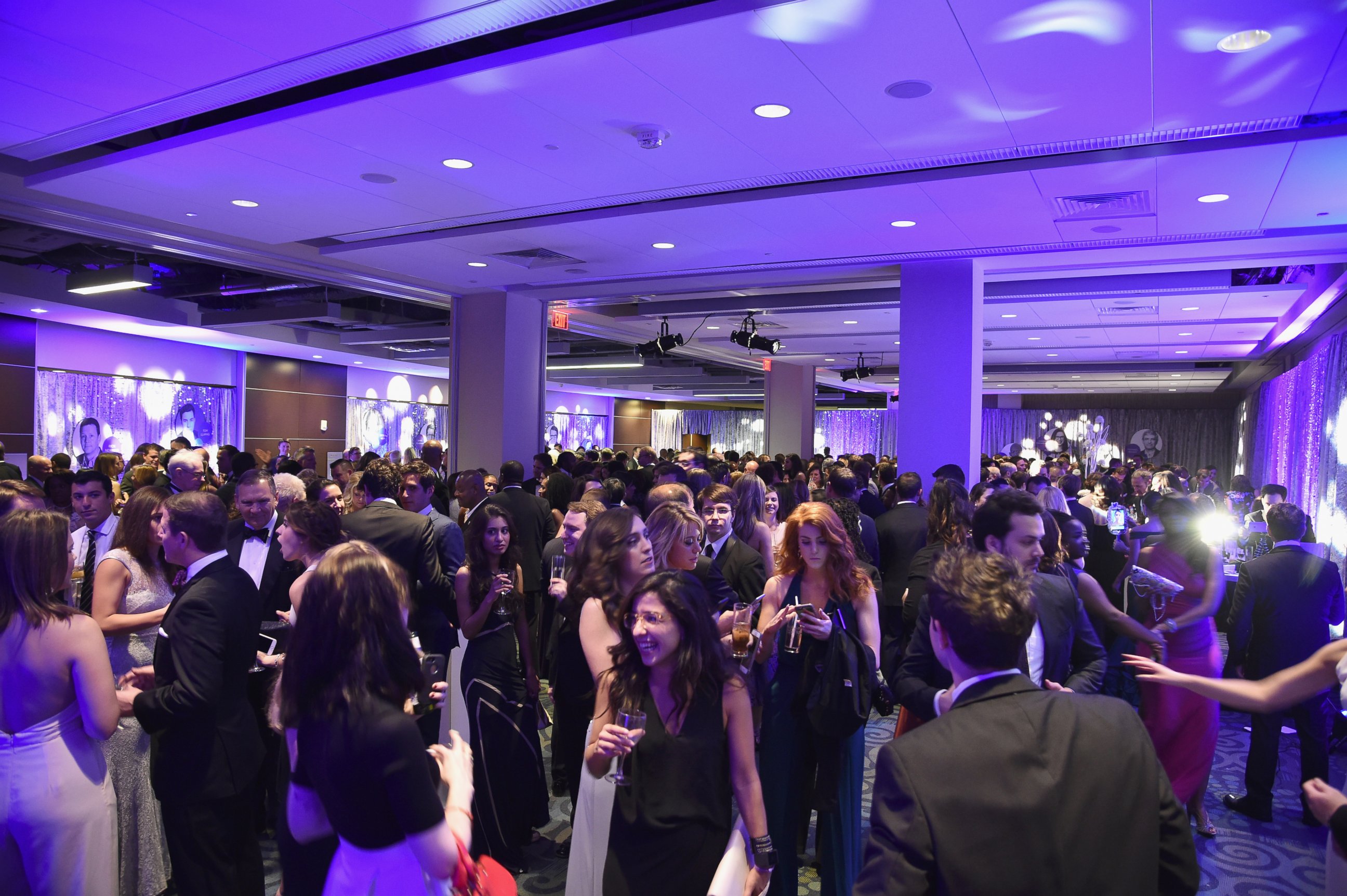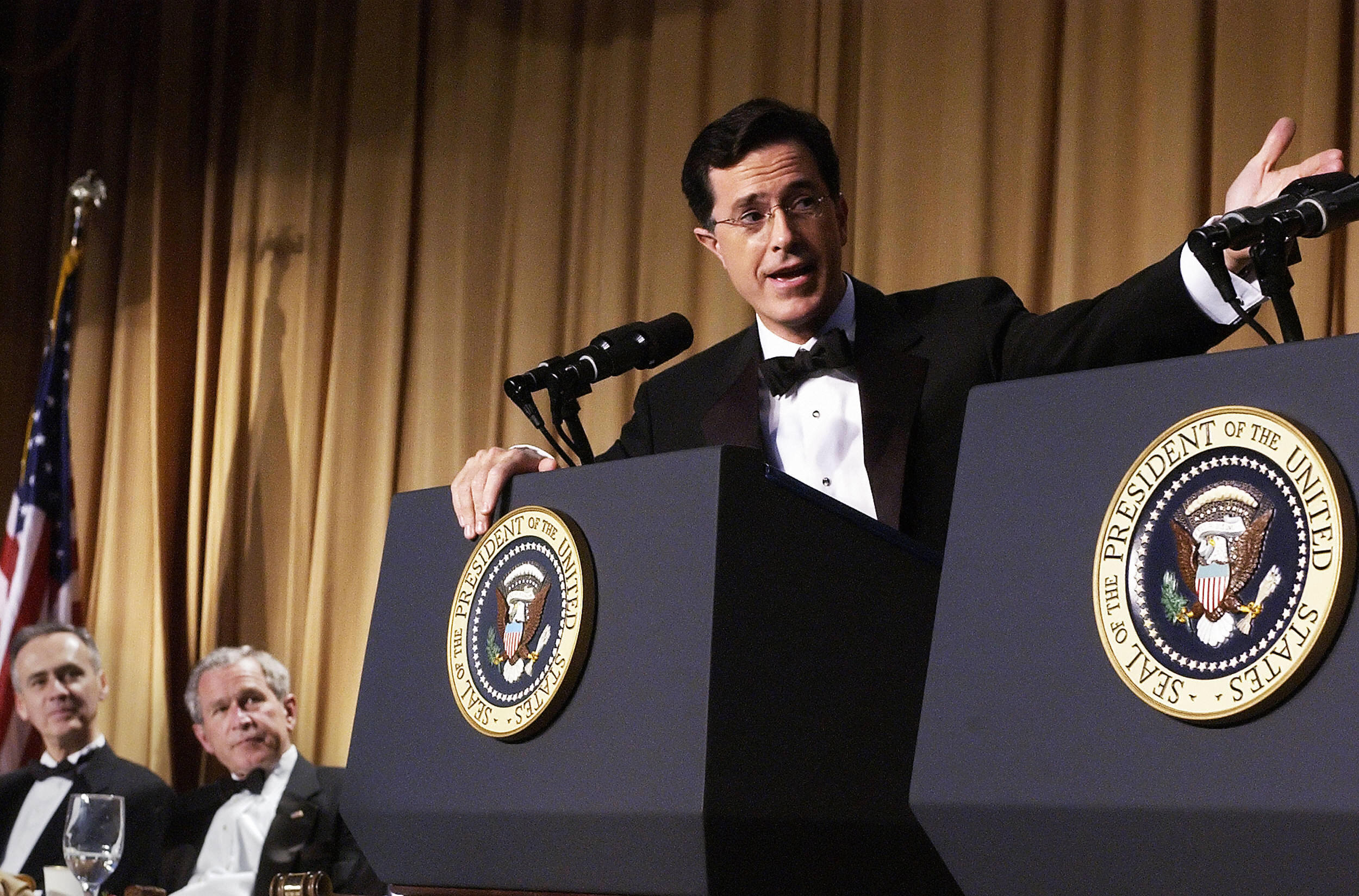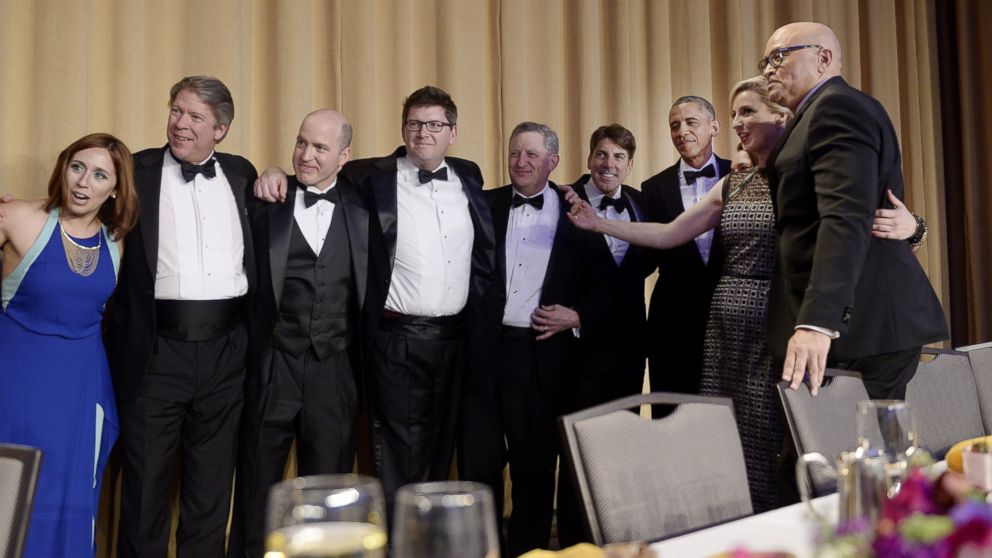Everything you need to know about the White House Correspondents' Dinner
— -- The annual White House Correspondents’ Dinner (WHCD) is typically one of Washington’s hottest events. It’s known as a night where journalists rub shoulders with Hollywood celebrities, athletes and White House administrators. But this year is entirely different.
Breaking with tradition, President Donald Trump will be skipping the soiree, making him the first president to do so in 36 years. His White House staff is also ditching the dinner out of solidarity with the president. This was supposed to be President Trump’s first WHCD, but he’s opted to hold a rally in Pennsylvania the same night.
The WHCD is supposed to be a lighthearted evening for the president and the press, but Trump has been at war with the press since the first days of his campaign, a situation that reached a breaking point when he referred to the media as “the enemy of the American people.”
The dinner, hosted by the White House Correspondents’ Association (WHCA), the organization that represents the White House press corps, is billed as a celebration of freedom of the press and the First Amendment.
In the past, the dinner - nicknamed “nerd prom” - was criticized for moving attention away from journalism and becoming instead a star-studded event. But this year, journalism is back in the spotlight.
Here is everything you need -- and wanted to know -- about Saturday's event.
History
The first dinner was held in 1921 at the Arlington Hotel according to the WHCA, and there were 50 men in attendance. In 1924, President Calvin Coolidge became the first presidential attendee. Since then, every president has attended the dinner at least once during his term in office.
The dinner barred guests of color until the 1950s, and women were not allowed to attend until 1962, according to the WHCA. Helen Thomas, the first female White House reporter, threatened to start a boycott against the dinner until the rules changed. Pressure tactics against President John F. Kennedy worked; Kennedy agreed and WHCA capitulated.
In its nearly 100-year history, the dinner has only been cancelled three times, according to a History Channel report: in 1930 following the death of former President William Howard Taft; in 1942 after the country entered World War II; and in 1951 because of the Korean War.
In the 1980s, the dinner saw the beginning of its transformation from a night of Washington insiders to a full-blown celebrity affair. It was customary for media outlets to give tickets to industry elites and Hollywood stars alike. But this year fewer stars will be turning up and several after-parties have been canceled which had previously attracted A-list celebrities to attend.

Traditions
Perhaps the most well-known of the dinner’s traditions is the comedy routine. The president delivers the initial, joke-filled speech, followed by the keynote roast by a famous comedian. Recent headliners have included Cecily Strong, Jimmy Kimmel and Jay Leno.
However, it wasn’t until comedian Mark Russell headlined in 1983 that comedy became the cornerstone of the evening. In its first half century, the evening's entertainment was musical performances, movies and variety shows. Stars like Frank Sinatra, Nat King Cole and Irving Berlin have all graced the stage.
The dinner also serves to honor young and veteran journalists alike with scholarships and awards. The proceeds from the lofty ticket prices for the event go toward funding these accolades.





